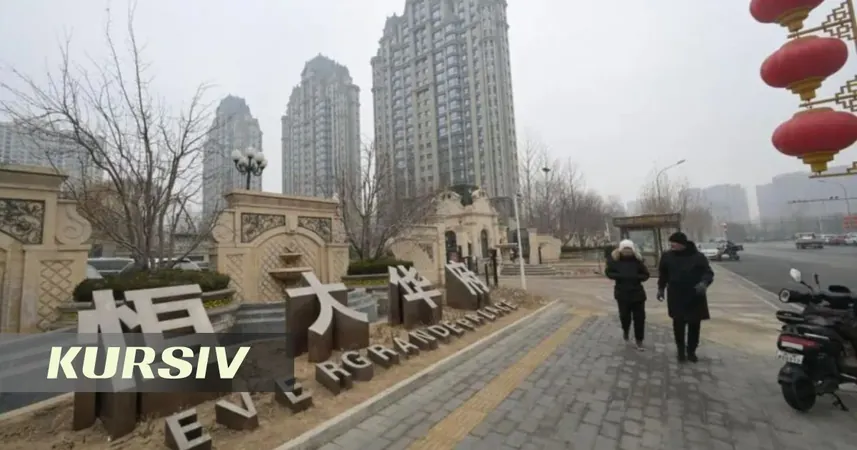
Unlocking the Cosmos: How Entangled Atomic Clocks Could Reveal a Unified Theory of Everything
2025-07-26
Author: Kai
The Quest for a Unified Theory
For centuries, scientists have sought to explain the fundamental workings of the universe. At the heart of this quest lies quantum mechanics, our most robust understanding of atomic and subatomic phenomena, and general relativity, a groundbreaking theory introduced by Albert Einstein in 1915 that describes gravity as the curvature of spacetime. Yet, despite their success, these two theories remain at odds.
The Friction Between Forces
The clash between quantum physics and general relativity has perplexed physicists for decades. Quantum theory suggests that particles behave like waves, governed by principles such as the Heisenberg uncertainty principle, which states we cannot precisely know certain pairs of properties simultaneously. On the other hand, general relativity operates under different assumptions, leading to mathematical inconsistencies when the two are combined.
Rethinking Gravity and Quantum Mechanics
Understanding how spacetime's curvature interacts with quantum mechanics is crucial for potentially merging these theories. However, experimentation is challenging because gravity is significantly weaker than the other fundamental forces. Sabine Hossenfelder, a renowned theoretical physicist, explains that while high energy densities are traditionally believed necessary to observe quantum effects of gravity, massive objects in quantum superpositions may offer a new avenue for exploration.
A Groundbreaking Proposal
In a recent paper, physicists Igor Pikovski, Jacob Covey, and Johannes Borregaard propose an innovative experiment utilizing entangled atomic clocks stationed a kilometer apart. By exploiting their superposition state, these clocks could experience different rates of time due to their varying positions in Earth's gravitational field—potentially providing unprecedented insight into the relationship between quantum mechanics and spacetime.
How It Works: The Technology Behind the Experiment
Their plan leverages cutting-edge technologies, including optical atomic clocks and quantum networks, which facilitate the distribution of quantum entanglement over large distances. The proposal involves delocalizing an optical atomic clock across three sites. Each clock, influenced by gravitational effects, would record different times, offering a glimpse of how quantum interference, time dilation, and spacetime curvature interact.
A New Era for Physics?
While still theoretical, executing this experiment could represent a monumental leap toward reconciling quantum mechanics with general relativity. If successful, it may challenge current assumptions about the nature of quantum theory itself and how gravity influences it. As Pikovski aptly puts it, “We assume quantum theory holds everywhere—but we really don’t know if this is true.” This experiment could ultimately reshape our understanding of the universe.
The Future Awaits
As we stand on the brink of potentially groundbreaking discoveries, the interplay of gravity and quantum mechanics remains one of the most tantalizing puzzles in physics. This innovative approach to testing these fundamental theories could illuminate the darkest corners of our universe, bringing us closer to a unified theory of everything.


 Brasil (PT)
Brasil (PT)
 Canada (EN)
Canada (EN)
 Chile (ES)
Chile (ES)
 Česko (CS)
Česko (CS)
 대한민국 (KO)
대한민국 (KO)
 España (ES)
España (ES)
 France (FR)
France (FR)
 Hong Kong (EN)
Hong Kong (EN)
 Italia (IT)
Italia (IT)
 日本 (JA)
日本 (JA)
 Magyarország (HU)
Magyarország (HU)
 Norge (NO)
Norge (NO)
 Polska (PL)
Polska (PL)
 Schweiz (DE)
Schweiz (DE)
 Singapore (EN)
Singapore (EN)
 Sverige (SV)
Sverige (SV)
 Suomi (FI)
Suomi (FI)
 Türkiye (TR)
Türkiye (TR)
 الإمارات العربية المتحدة (AR)
الإمارات العربية المتحدة (AR)